Do you ever find yourself captivated by the visuals of a piece of art? Have you ever marveled at the feel and texture that add to its aesthetic appeal? Texture in an artwork is what creates a sense of depth, realism, and dimension. It can also make or break the overall effect for onlookers when used both effectively and tastefully. From brushstrokes on canvas to sculptural elements in 3-D works, understanding how textures bring an artistic vision alive is essential for creating truly breathtaking works! In this blog post, we’ll explore exactly what texture is in art and why it’s so important as well as provide examples of different types to achieve desired effects. By learning about texture basics, tricks, and techniques along with common applications, anyone can create stunning pieces no matter their skill level. So keep reading to learn all about this fascinating element!
What Types of Art Are Existing?
There are many different types of art that exist, each with its own unique characteristics and methods. Some of the most common types of art include:
Painting
Painting is one of the oldest and most traditional forms of art. It involves using various tools such as brushes, palette knives, and fingers to apply paint onto a canvas or other surface. Paintings can range from realistic landscapes and portraits to abstract forms and shapes, making it a versatile medium for artistic expression. [1]
Drawing
Drawing is another form of visual art that involves creating images on paper or other surfaces using pencils, pens, charcoal, or pastels. It can range from simple sketches to intricate illustrations and can be done in a variety of styles such as realism, impressionism, or cartooning.
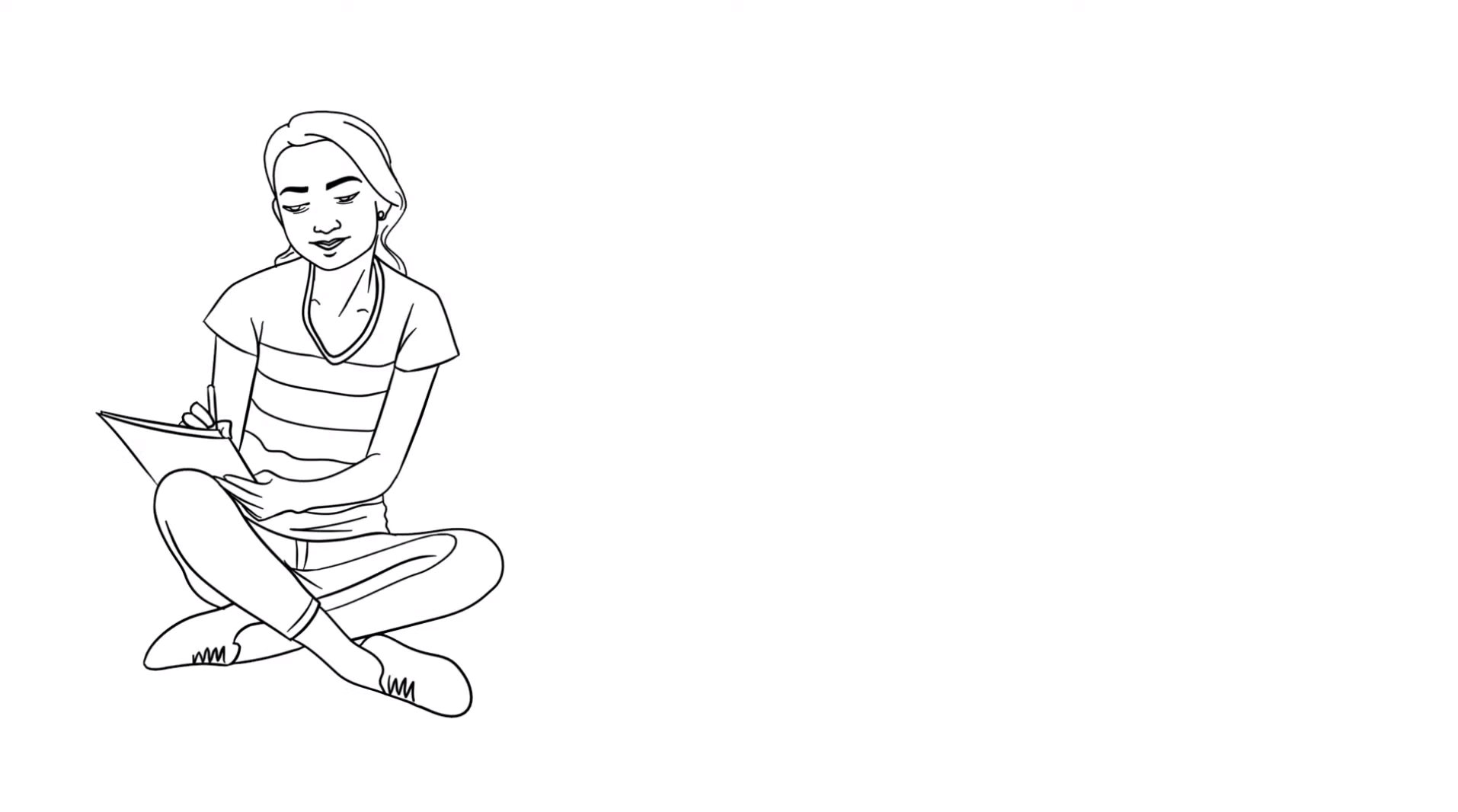
Sculpture
Sculpture is the art of creating three-dimensional forms by carving, molding, or assembling materials such as clay, wood, metal, and stone. It can range from small figurines to large installations and can be abstract or representational in nature.
Photography
Photography is a form of art that uses cameras to capture images of the world around us. It involves a combination of technical skill and artistic vision to create visually appealing photographs that convey a message or tell a story.
Printmaking
Printmaking is the process of creating multiple copies of an image from an original artwork. This can be done using techniques such as etching, lithography, woodcutting, and screen printing. Each print is considered an original work of art, and the process itself can be seen as an art form.
Digital Art
Digital art is a relatively new form of art that involves creating images using digital tools such as computers, tablets, and software programs. It allows for a wide range of possibilities and techniques, including digital painting, 3D modeling, and animation.
Performance Art
Performance art is a type of art that involves using the body or voice to convey a message or idea. It can include various forms such as dance, theater, and music, and often combines elements of visual art, storytelling, and audience interaction.
Installation Art
Installation art is a form of three-dimensional artwork created for a specific space or environment. It can involve a combination of various materials, including objects, lights, sounds, and video projections, to create an immersive experience for the viewer.
Street Art
Street art is a form of public art that is created in outdoor spaces such as streets, walls, and buildings. It often uses non-traditional materials such as spray paint and stencils to convey social or political messages and is a popular form of artistic expression in urban areas.
Mixed Media
Mixed media art involves using a combination of different materials such as paint, paper, fabric, and found objects to create a single artwork. This allows for endless possibilities and encourages artists to think outside the box when creating their pieces. [2]
What are the Basic Elements of Art?
The basic elements of art are the visual components that artists use to create a work of art. These elements are the building blocks of any artwork and understanding them is essential for anyone who wants to appreciate, analyze or create art. [3]
Line
Line is one of the most fundamental elements of art. It refers to a continuous mark made on a surface by a moving point. Lines can vary in length, width, direction, and texture. They can be straight or curved, thick or thin, solid or broken. In art, lines can serve many purposes such as defining boundaries, creating movement and conveying emotion.
Shape
Shape is another important element of art. It refers to the two-dimensional area that is defined by a boundary or outline. Shapes can be geometric, such as squares and circles, or organic, which are irregular and often asymmetrical. They can also be positive or negative – positive shapes refer to the objects or figures in a composition while negative shapes are the spaces around them.
Color
Color is an element that adds vibrancy and interest to any artwork. It refers to the way light reflects off an object and how our eyes perceive that light. The color wheel is a tool used to organize colors into categories such as primary, secondary, and tertiary colors. Artists use color to create contrast, convey emotion and mood, and attract attention.
Value
Value refers to the degree of lightness or darkness in a color or an artwork. It is an essential element for creating depth and dimension in a composition. Artists use different techniques such as shading, highlighting, and blending to manipulate value in their work.
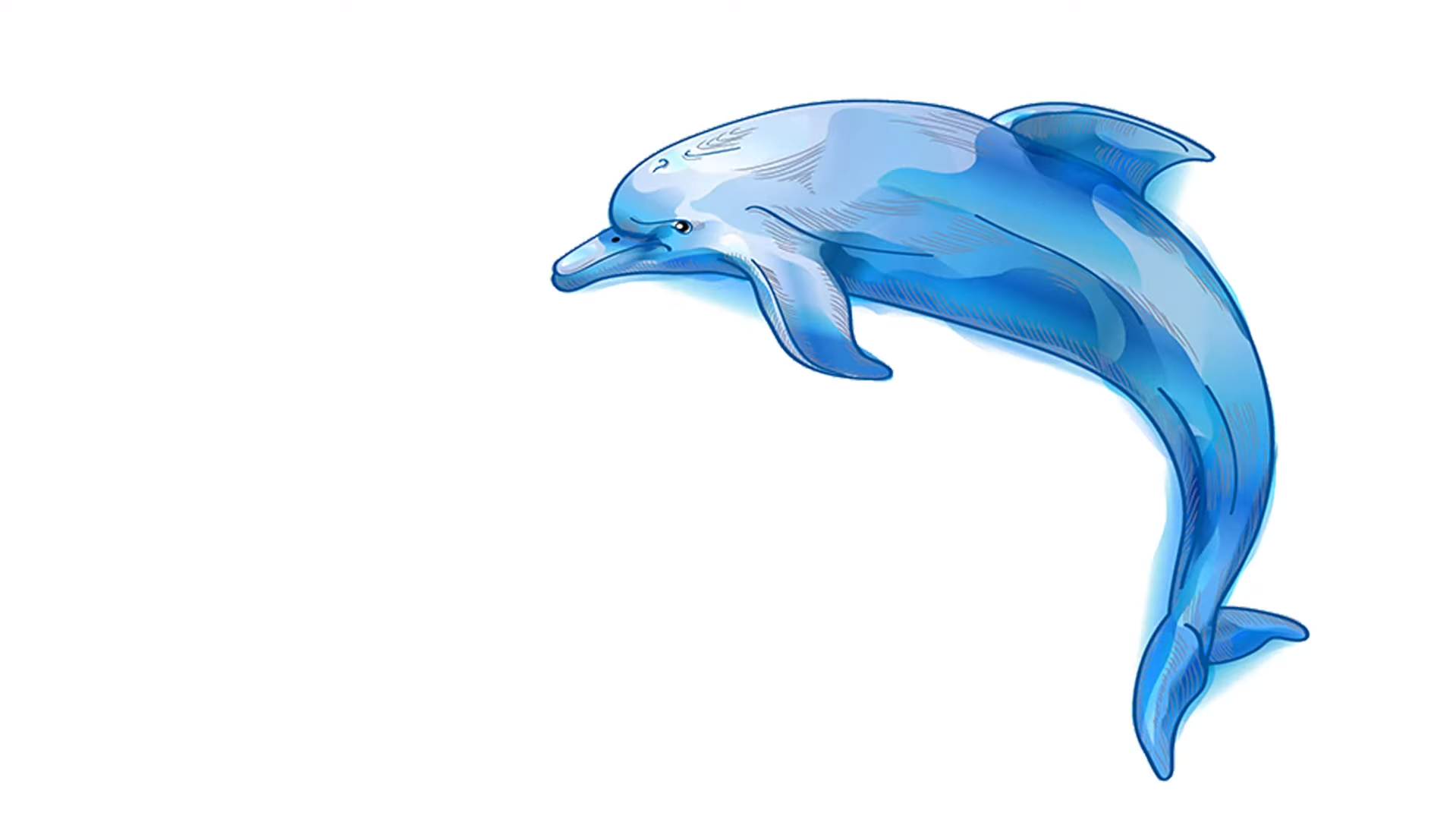
Space
Space refers to the area within and around objects in a composition. It can be represented as positive (the objects) or negative (the background). Artists use various techniques such as overlapping, size and placement of objects to create depth and perspective in their work.
Form
Form is the three-dimensional representation of an object in an artwork. It refers to the height, width, and depth of an object. Artists use various techniques such as shading, perspective, and foreshortening to create the illusion of form in a two-dimensional artwork. [4]
What Is Texture in Art?
Texture is an element of art that refers to the way a surface feels or appears to feel. In simple terms, it is the tactile quality of an object’s surface. Texture can be seen and felt in both two-dimensional and three-dimensional artworks.
In art, texture is often used to add depth and interest to a piece. It can create a sense of realism or abstraction, depending on how it is used. Artists use a variety of techniques to create texture in their work, including using different materials, marks and patterns, or manipulating the surface itself. [5]
What Functions Does Texture Perform in Art?
Texture is an important element in art that can add depth, interest, and emotion to a piece. It refers to the physical or visual quality of a surface, whether it is smooth, rough, glossy, or matte. In this section, we will explore the various functions that texture can perform in art and how it contributes to the overall aesthetic of a work.
Conveying Emotion
Texture can also play a significant role in conveying emotion in art. The texture of a surface can evoke certain feelings or moods, such as softness for comfort or roughness for tension and unease. Artists often use texture to enhance the emotional impact of their work and create a deeper connection with the viewer.
Depicting Realism
In addition to adding visual interest and conveying emotion, texture can also be used to depict realism in art. By carefully creating and manipulating textures, artists can create a sense of depth and dimension in their work that mimics the real world. This makes the artwork more lifelike and immersive for the viewer.
Creating Tactile Experience
Texture is not only limited to visual qualities; it can also provide a tactile experience for the viewer. By using different materials and techniques, artists can create pieces that are meant to be touched and experienced physically. This adds an interactive element to the artwork, making it more engaging for the audience.
Enhancing Composition and Balance
Texture plays a crucial role in enhancing the composition and balance of a piece of art. The use of texture can help guide the viewer’s eye and create a sense of harmony in the overall composition. Artists carefully consider the placement and type of texture to achieve a balanced and aesthetically pleasing result.
Communicating Concept and Meaning
Lastly, texture can be used to communicate concept and meaning in art. The deliberate use of texture can add symbolism or represent a particular idea or theme in the artwork. It can also reflect the artist’s style and intentions, making it a crucial element in storytelling through visual art.
From conveying emotion to creating a tactile experience, texture serves many functions in art. It adds depth, realism, and meaning to a piece while also enhancing its overall aesthetic. Whether it is smooth or rough, glossy or matte, texture plays an essential role in creating impactful and memorable works of art. [6]
What are the Different Types of Texture in Art?
Texture in art refers to the tactile quality of a surface, and can greatly impact the overall look and feel of a piece. Artists often use textures to add depth, interest, and emotion to their work. Now we’ll explore the different types of texture in art and how they are created. [7]
Visual Texture vs Tactile Texture
Before diving into the various types of texture, it’s important to understand the difference between visual texture and tactile texture. Visual texture refers to how a surface appears to feel, while tactile texture is the actual physical sensation when touching that surface. For example, a painting of sand may have a visual texture that looks rough and gritty, but the actual sensation of touching it would be smooth if the paint was applied evenly.
Actual Texture
Also known as tactile or physical texture, actual texture is the real surface of an object. It can be felt and experienced through touch. This type of texture can be found in sculptures, pottery, and other three-dimensional works of art. Examples include a rough ceramic vase or a smooth marble statue.
Implied Texture
Implied texture is created by an artist to give the illusion of texture without actually having a tactile quality. This can be achieved through techniques such as shading, cross-hatching, or stippling in drawing and painting. Implied texture is commonly used in illustrations and graphic design.
Invented Texture
Invented texture refers to textures that have been created by the artist for purely visual effect. This can include patterns, designs, and textures that are not found in nature. Artists often use invented texture to add interest and complexity to their work.
Simulated Texture
Simulated texture is a type of texture that mimics the appearance of an actual object or surface. This can be achieved through various mediums such as paint, collage, or digital manipulation. Artists use simulated texture to create the illusion of depth and dimension in their work.
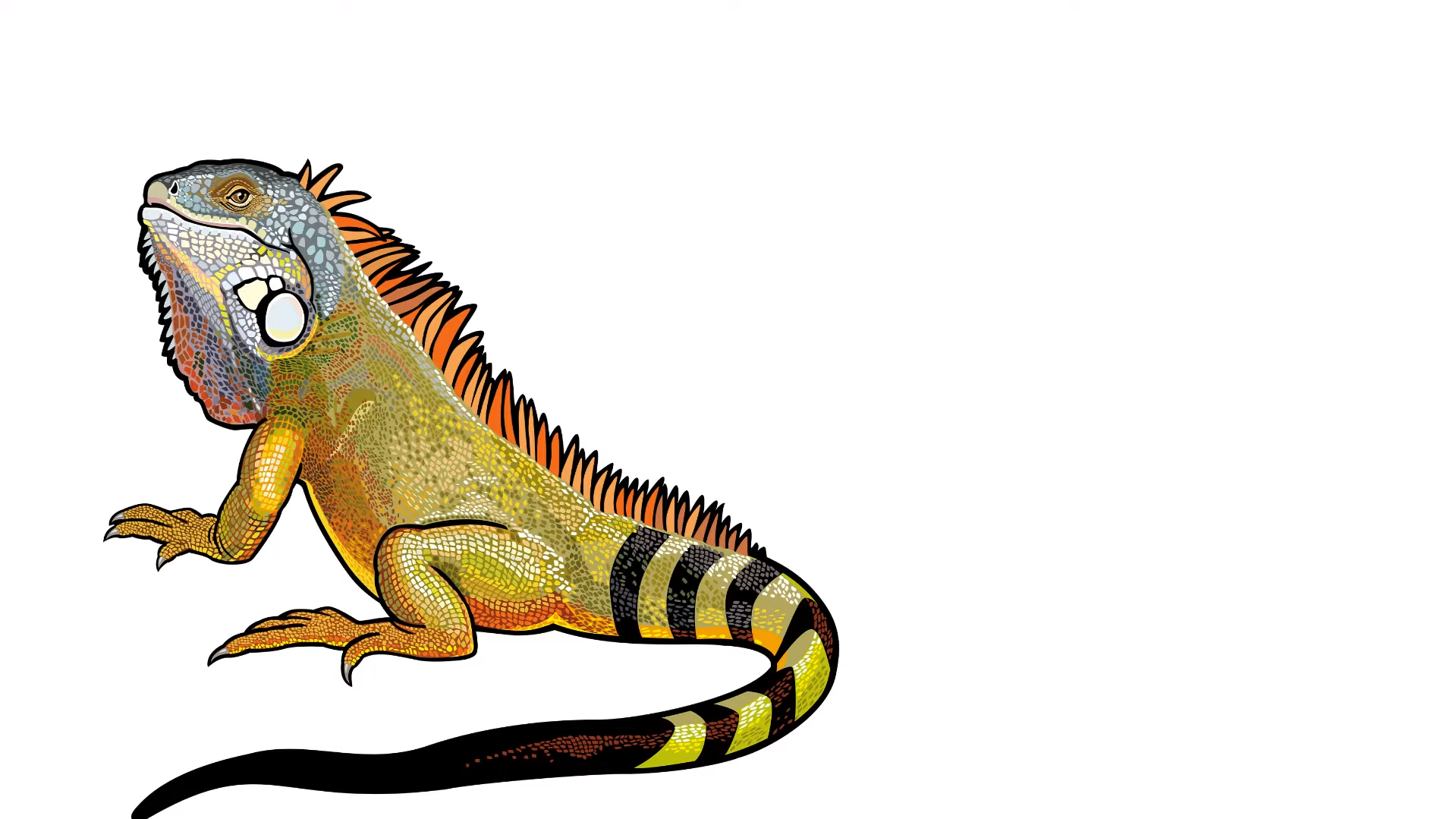
Collage
Collage is a technique that involves combining various materials, such as paper, fabric, and found objects, to create a textured surface. By layering different textures together, artists can add depth and interest to their work.
Mixed Media
Mixed media refers to artwork that combines different mediums and techniques to create a variety of textures. This can include painting, drawing, printmaking, and sculpture. Mixed media allows artists to experiment with different textures and materials to create unique and dynamic pieces.
Why do Artists Use Texture?
Artists use texture in their work for a variety of reasons. Texture adds visual interest, depth, and dimension to an artwork. It also allows the viewer to physically engage with the piece through touch, adding another layer of sensory experience.
Texture as Visual Interest
Texture can be used to create visual interest in an artwork by breaking up a smooth or flat surface. This can be achieved by adding physical materials such as paint, collage elements, or other mixed media. The contrast between different textures can create a sense of tension and balance within the piece.
Texture as Depth and Dimension
Texture can also add depth and dimension to an artwork. By incorporating texture, artists are able to create the illusion of layers and varying depths within their work. This can make the piece more visually dynamic and engaging for the viewer.
Texture as a Sensory Experience
One unique aspect of texture is its ability to engage viewers physically through touch. By incorporating different textures into their work, artists are able to create a tactile experience for the viewer. This can add another layer of interest and engagement with the artwork, allowing the viewer to fully immerse themselves in the piece. [8]
Tips for Working with Structure in Art
Structure in art refers to the arrangement and organization of elements within a piece. It is essential for creating balance, harmony, and coherence in an artwork. Here are some ways artists can work with structure to enhance their compositions. [9]
Plan ahead
Before starting a piece, it’s crucial for artists to have a clear idea of the structure they want to create. This involves considering the placement and relationship of elements such as texture, color, shape, and line. Planning ahead allows for a cohesive composition and avoids any potential distractions or visual clutter.
Use repetition
Repetition is an effective way to create structure in art. By repeating certain elements, such as shapes or colors, throughout a piece, artists can create a sense of unity and harmony. This can also help guide the viewer’s eye and create a flow within the composition.
Explore contrast
Contrast is another useful tool for creating structure in art. By incorporating elements that are different in texture, color, shape, or size, artists can add visual interest and tension to their work. This can also help define the focal point of an artwork.
Consider the Golden Ratio
The golden ratio, also known as the divine proportion, is a mathematical concept that has been used throughout history to create aesthetically pleasing compositions. It can be applied to any aspect of art, from the dimensions of a canvas to the placement of elements within a piece.
Use Leading Lines
Leading lines are used to guide the viewer’s eye through an artwork in a specific direction and towards focal points. These can be created using actual or implied lines within the composition.
Balance Elements
Balance is crucial in creating structure in an artwork. It can be achieved by evenly distributing elements within the composition, using contrasting textures or colors, and creating symmetry or asymmetry.

Create Visual Hierarchy
Visual hierarchy refers to the deliberate arrangement of elements within a piece to guide the viewer’s focus. This can be done through size, color, placement, and other visual cues.
Experiment with Grids and Structures
Grids and structures can be used as a base for creating an organized composition. Artists can use the grid system to divide their canvas or paper into sections, which can then be filled with elements to create a cohesive piece.
Use Focal Points
Focal points are specific areas within an artwork that draw the viewer’s attention. By creating focal points, artists can add structure to their compositions and highlight important elements within the piece.
Texture is a powerful tool for artists in creating engaging and dynamic artworks. Whether it be through implied texture or physical materials, incorporating texture allows for a multisensory experience. [10]
FAQs
What is the definition of texture in art?
Texture in art refers to the tactile quality of a surface, and can greatly impact the overall look and feel of a piece. Artists often use textures to add depth, interest, and emotion to their work.
Where is texture used in art?
Texture can be used in any form of visual art, including painting, drawing, sculpture, and mixed media. It can also be found in other mediums such as textiles and graphic design. Artists use texture to enhance their work and add visual interest and depth to their pieces.
Why does texture matter?
Texture matters because it adds depth, interest, and emotion to an artwork. It can enhance the overall aesthetic of a piece and engage viewers physically through touch. Texture also allows artists to create unique and impactful works that tell a story or convey a particular theme. Additionally, texture can be used to create visual interest and balance within an artwork, making it an essential element in the creation of impactful and memorable pieces. So, it is an important aspect for artists to consider when creating their work.
What is texture in design?
Texture in design refers to the visual or tactile quality of a surface. It is used to add interest, depth, and dimension to an artwork or design. Texture can also be used as a tool for communication, helping to convey emotions and themes through the use of different textures. In design, texture can be created through various techniques such as shading, layering, and digital manipulation. It can also be achieved by using different materials such as paper, fabric, and found objects in collage or mixed media pieces. Texture plays a crucial role in creating visually impactful designs that engage and communicate with the audience.
Useful Video: Art Education – Elements of Art – Texture – Getting Back to the Basics – Art For Kids – Art Lesson
To Wrap Up
Overall, texture in art can be used to create either a visual or tactile experience within any given artwork. By utilizing various mediums such as paint, fabric, paper and other materials or tools, an artist can give the viewer an extra dimension of understanding and appreciation which adds more depth to the piece. The sensation of texture often triggers the imagination and even stimulates emotion within the observer; as if they are actually touching the artwork itself. This ability to engage viewers gives a richness to textures which is often overlooked in creating a masterpiece. Texture can be utilized for any type of artwork from painting on canvas to photography, sculpture or even interior design. It all depends on how much creativity an artist takes with their process of working with texture – it truly is infinite.
References:
- https://artincontext.org/types-of-art/
- https://www.contemporaryartissue.com/what-are-the-7-forms-of-art-a-complete-overview/
- https://www.thoughtco.com/what-are-the-elements-of-art-182704
- https://teresabernardart.com/basic-elements-of-art/
- https://www.studiobinder.com/blog/what-is-texture-in-art-definition/
- https://www.twinkl.com/teaching-wiki/texture-in-art
- https://artincontext.org/texture-in-art/
- https://marketing.istockphoto.com/blog/guide-to-texture-design/
- https://www.virtualartacademy.com/shape-in-art/
- https://www.artistsnetwork.com/uncategorized/architectural-sketches-11-perspective-tips/


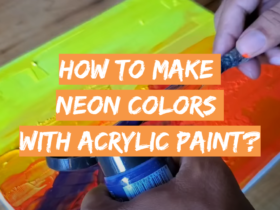
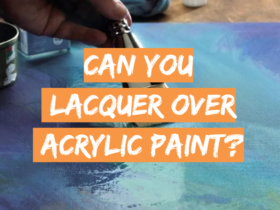
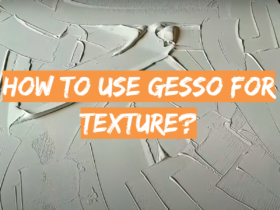


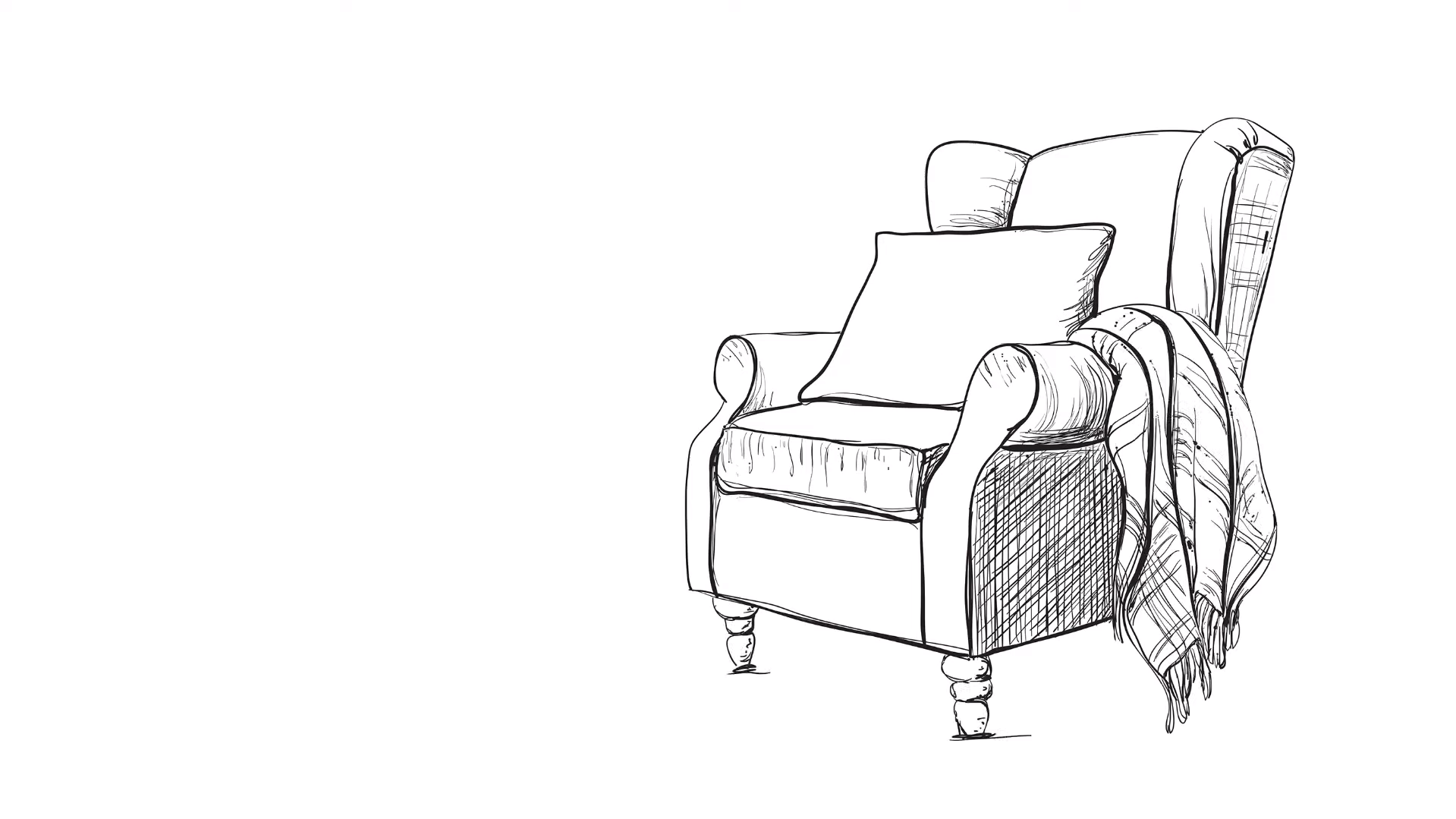

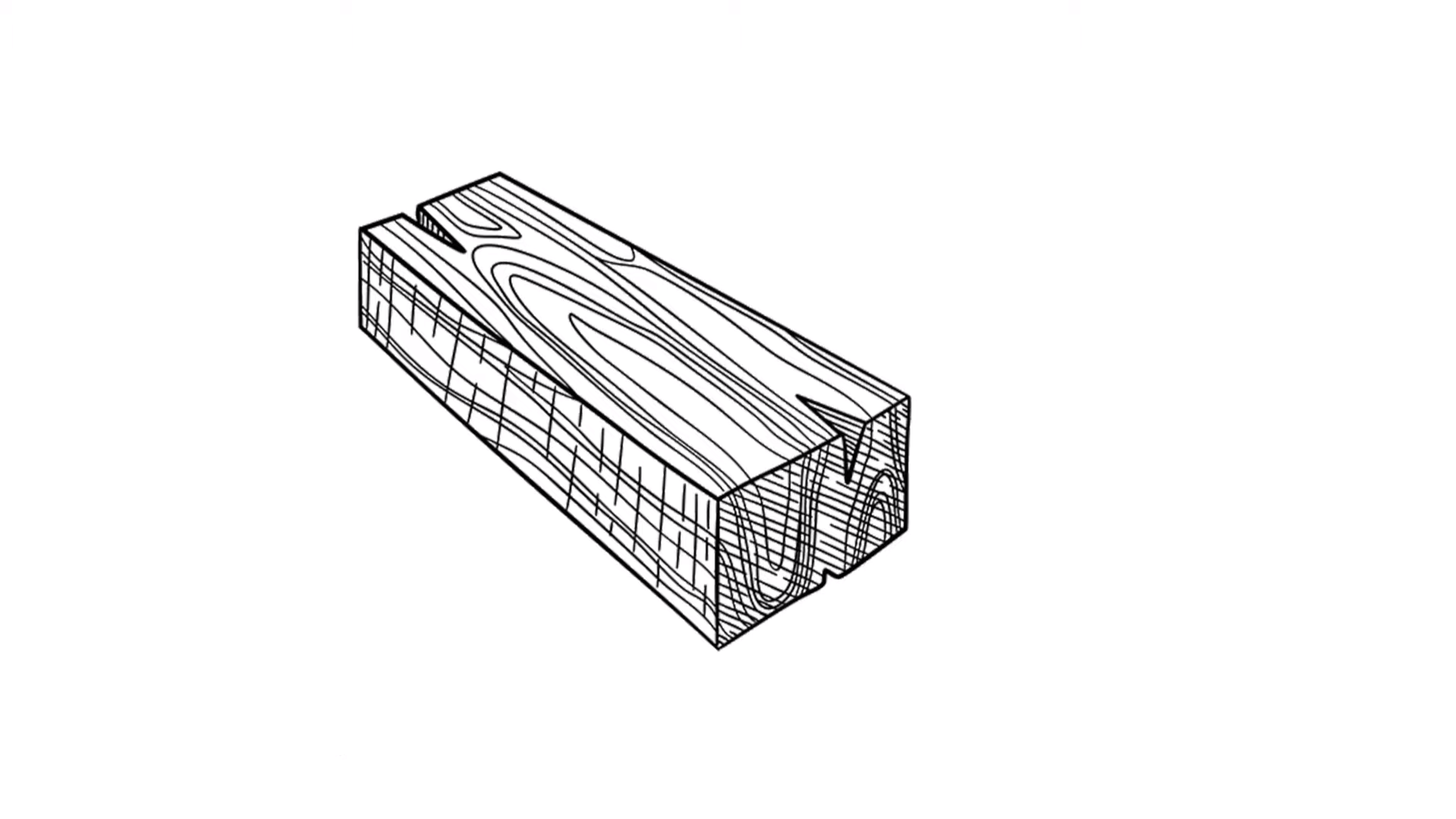
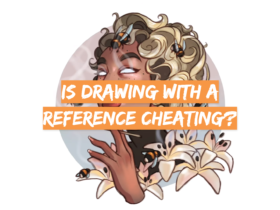
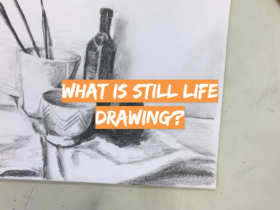
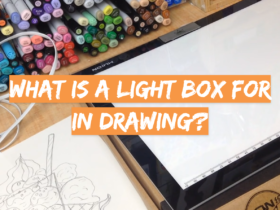
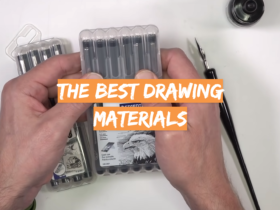
Leave a Review